This talk was delivered in PyData meetup. This was an amazing meetup with great talks and ideas being discussed! Thanks to organizers, I was also invited to give a talk. Below is the summary:
In this talk we learn about what Artificial Neural Networks (ANNs) are, and find out how in general, Maximum Likelihood Estimations and Bayes’ Rule help us develop our error functions in ANNs, namely, cross-entropy error function! We will derive the binary-cross entropy from scratch, step by step.
Below you can see the video of this talk, however, the slides and some code is available. I would highly recommend you to follow the talk through these slides.
The slides are available here!
The link to the post regarding the Demo is available in here!
I do hope that this talk would be useful
Best of Luck
MLDawn!
Author: Mehran
Dr. Mehran H. Bazargani is a researcher and educator specialising in machine learning and computational neuroscience. He earned his Ph.D. from University College Dublin, where his research centered on semi-supervised anomaly detection through the application of One-Class Radial Basis Function (RBF) Networks. His academic foundation was laid with a Bachelor of Science degree in Information Technology, followed by a Master of Science in Computer Engineering from Eastern Mediterranean University, where he focused on molecular communication facilitated by relay nodes in nano wireless sensor networks. Dr. Bazargani’s research interests are situated at the intersection of artificial intelligence and neuroscience, with an emphasis on developing brain-inspired artificial neural networks grounded in the Free Energy Principle. His work aims to model human cognition, including perception, decision-making, and planning, by integrating advanced concepts such as predictive coding and active inference. As a NeuroInsight Marie Skłodowska-Curie Fellow, Dr. Bazargani is currently investigating the mechanisms underlying hallucinations, conceptualising them as instances of false inference about the environment. His research seeks to address this phenomenon in neuropsychiatric disorders by employing brain-inspired AI models, notably predictive coding (PC) networks, to simulate hallucinatory experiences in human perception.

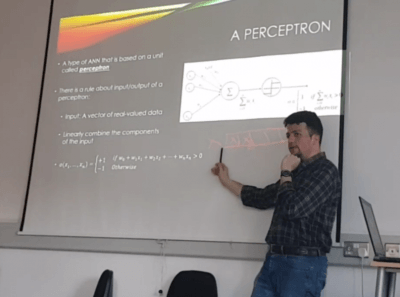


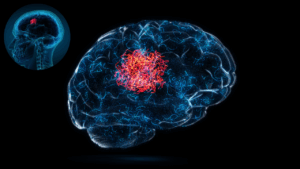

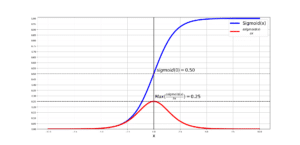
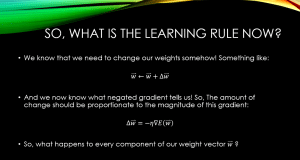
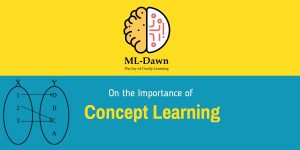
Responses